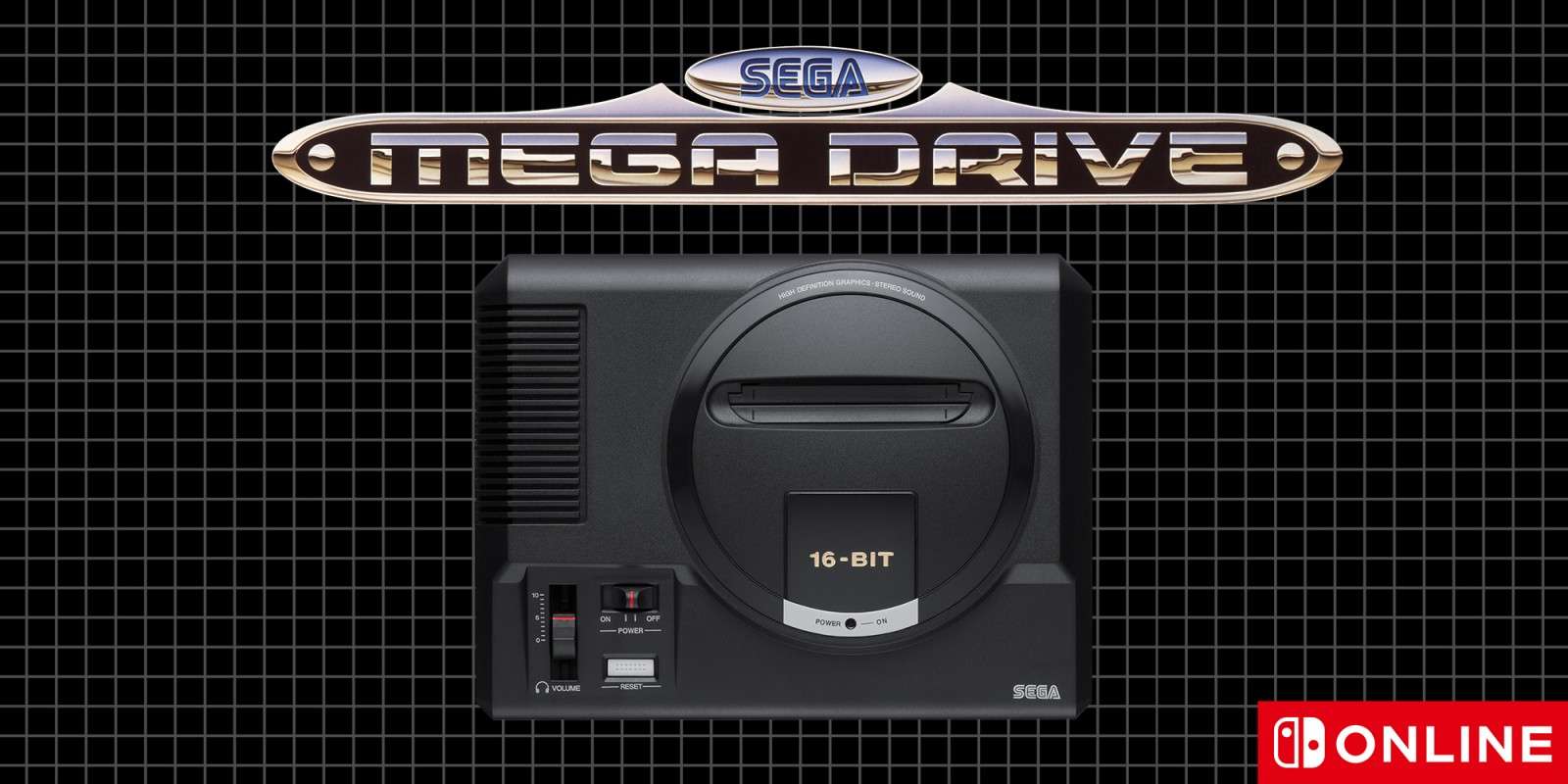It feels like ages (well, five months to be exact) since we last had a Nintendo Online Mega Drive, or Genesis, update on Nintendo’s emulation service. After last year’s solid batch with ToeJam & Earl, Altered Beast and Ghouls ‘n Ghosts, this new update feels all over the place in terms of quality. Let’s take a look, shall we?
Streets of Rage (1991)
While its sequel, Streets of Rage 2, is often considered the best beat ’em up of the 16-bit generation, the gaming press of the time was pretty unanimous that the original already wiped the floor with its biggest SNES rival, Final Fight. As a mid-generation Mega Drive release, the game featured two player co-op, colourful graphics and the foundation of a well-balanced, depth-filled combat system that would later be perfected in the sequel.

If you’re coming straight from SoR2, this will feel like a noticeable change of pace. Fewer enemies on screen, a slower general flow and a more subdued presentation. But stick with it, and halfway through this eight-level scrap for justice the difficulty really starts to ramp up, revealing a well-balanced experience.
There’s nothing wrong with slowing things down for once. Put Streets of Rage 2 aside for a bit and give the original the playthrough it deserves.
8.5
Super Thunder Blade (1988)
Super Thunder Blade was a notable launch title for the Mega Drive, or Genesis, mostly because it was the worst by a long shot. It was an ambitious attempt to bring the arcade’s somewhat impressive Thunder Blade experience home. The original arcade game, which landed in 1987, was built on the same principles as Space Harrier and After Burner, but added buildings and cityscape obstacles along your rail shooter path.

While the arcade version stood out thanks to its lightning fast Super Scaler graphics, the home port failed to deliver in a big way. The frame rate is constantly choppy, and background objects often blend with enemy bogeys, turning the screen into a pixelated mess once the action picks up. On top of that, the helicopter controls are painfully sluggish, which only makes the whole experience more frustrating.
I honestly can’t find a single redeeming reason to ever boot this one up. I’m even afraid I’ll be stuck with my original cartridge forever, since I doubt anyone would ever want it.
3.5
ESWAT: City under Siege (1990)
With parents not always willing to dish out the cash for new games, I found myself strangely drawn to ESWAT — a platform shooter I was curious about but never actually bought. There were always other must-haves where my lawn mowing money went to instead, like Street Fighter 2 and Streets of Rage 2. Eventually, ESWAT became the very first game I bought when I decided to start collecting retro games, sometime around 1999 or 2000.
Saying I “missed out” would be a bit of a stretch, especially compared to the games I did buy back then, but ESWAT was for its time a fairly competent shooter and it has ended up being one of my comfort games for the last 20 years or so.

At its core, ESWAT is basically what Shinobi 3 would feel like if it were set in a semi-futuristic city, where lawless criminals and well-funded gangs have taken over. Oh, well… let me rephrase that — imagine swapping out the ninja for a gun-slinging cop. No surprise there, since ESWAT was built on the same technical foundation as Shinobi, although it wasn’t developed by Sega’s legendary AM1 team.
It features similar puzzle-like elements and vertical exploration, along with a power-up system that, for a limited time, lets you soar around the screen in a Robocop-style mech suit. The challenge is solid and, especially at the time it hit store shelves, ESWAT offered a gritty, semi-realistic alternative to the usual fantasy and sci-fi heavy lineup — characteristics that perfectly matched my early nineties sensibilities and, to a certain extent, still hold up just fine today.
7.5


